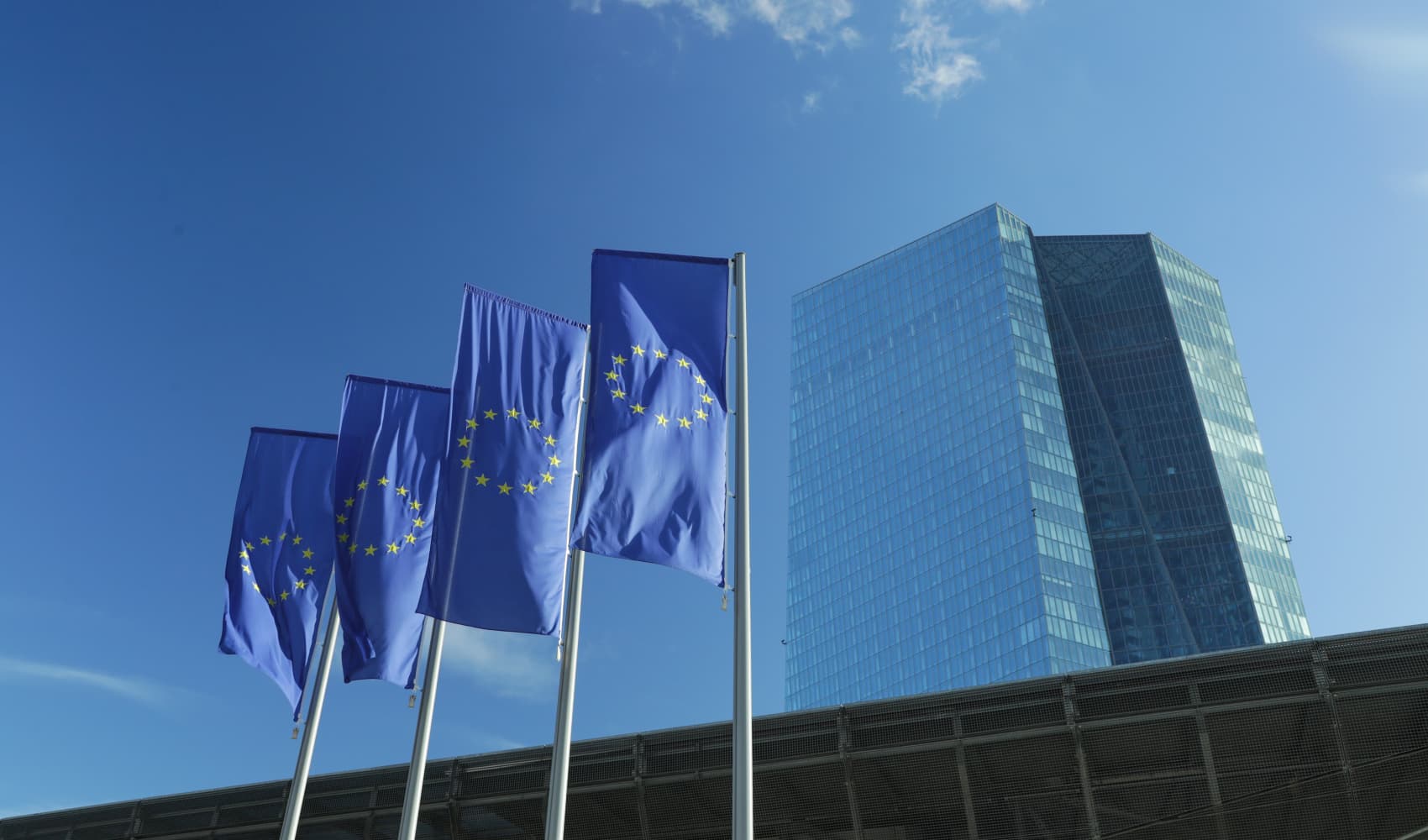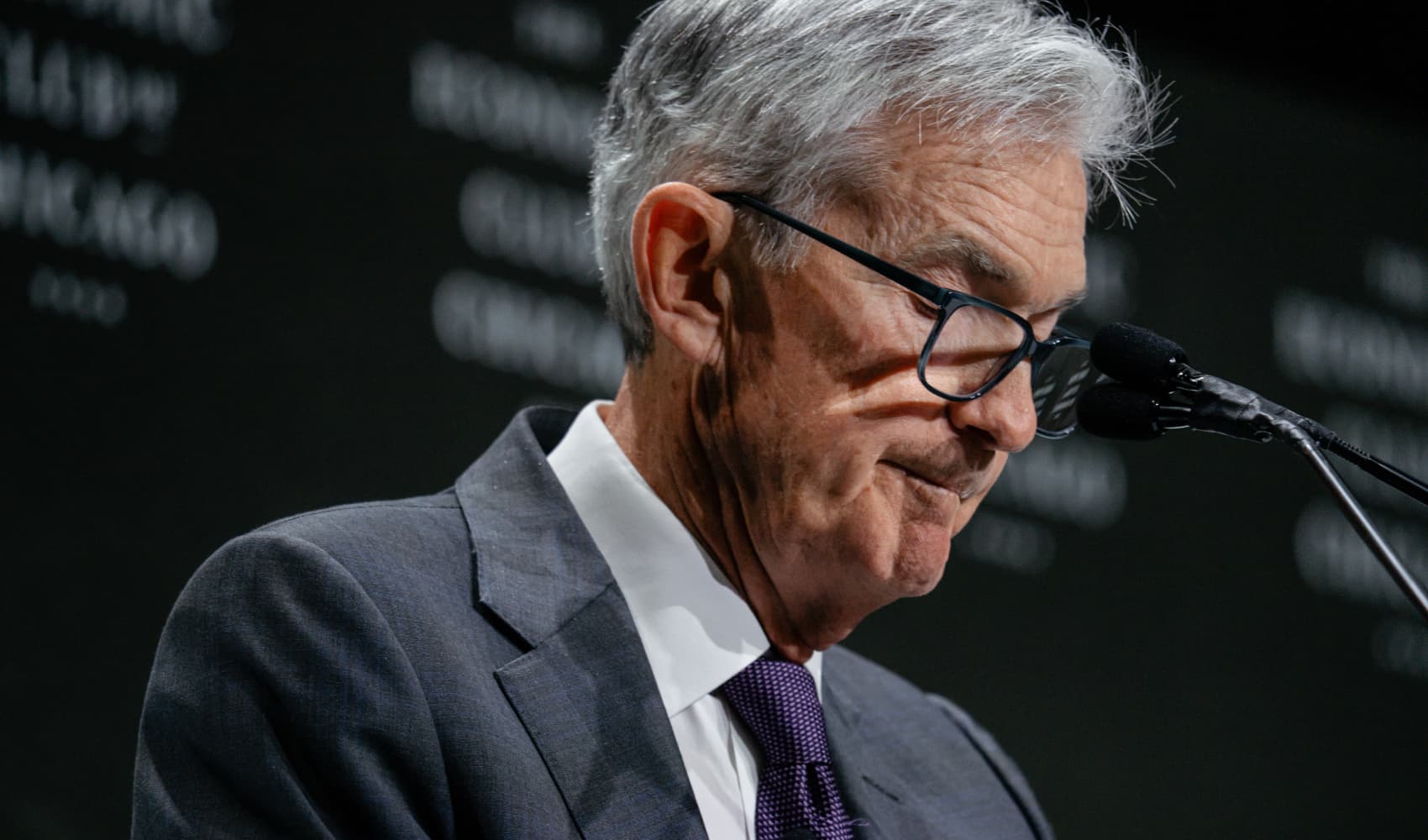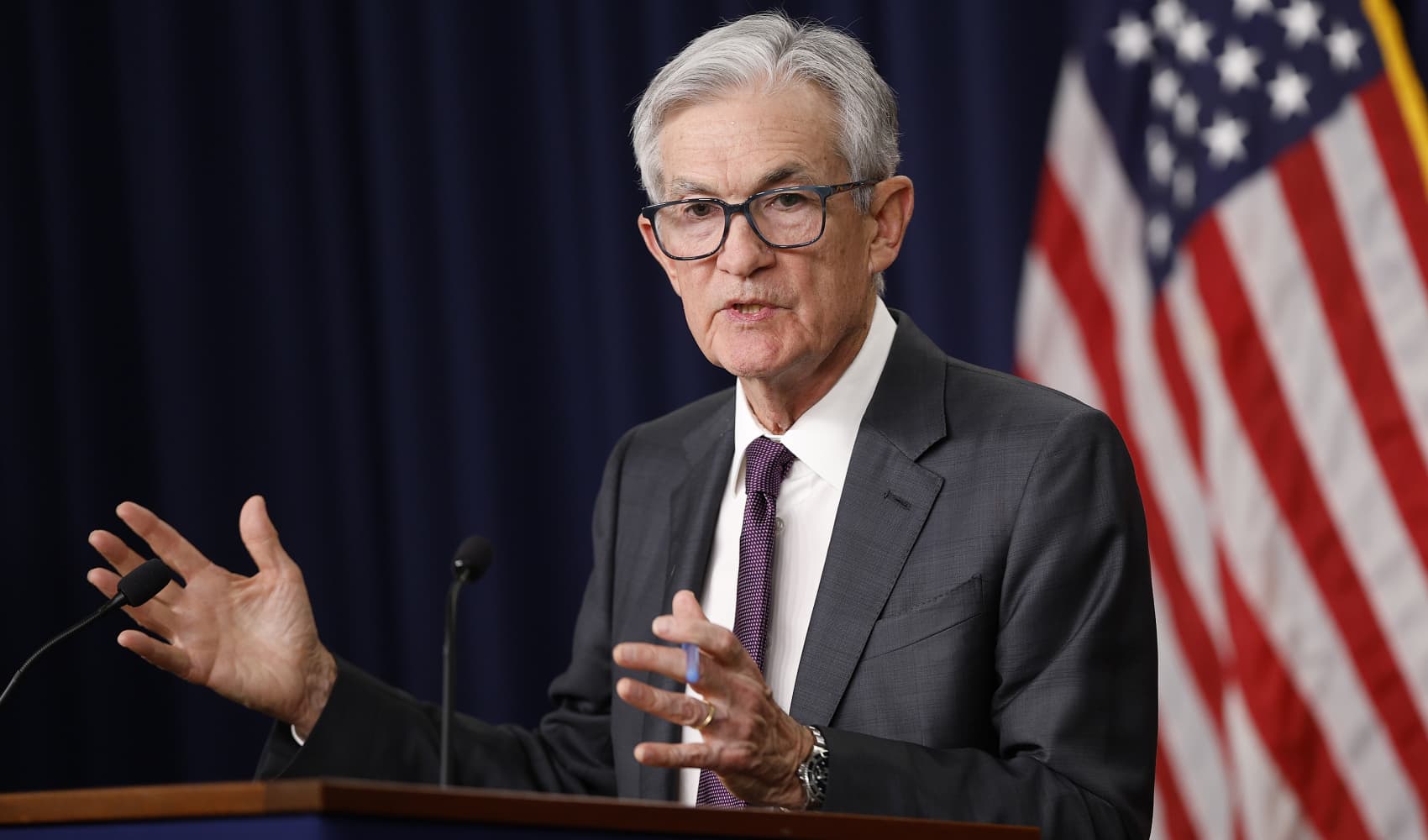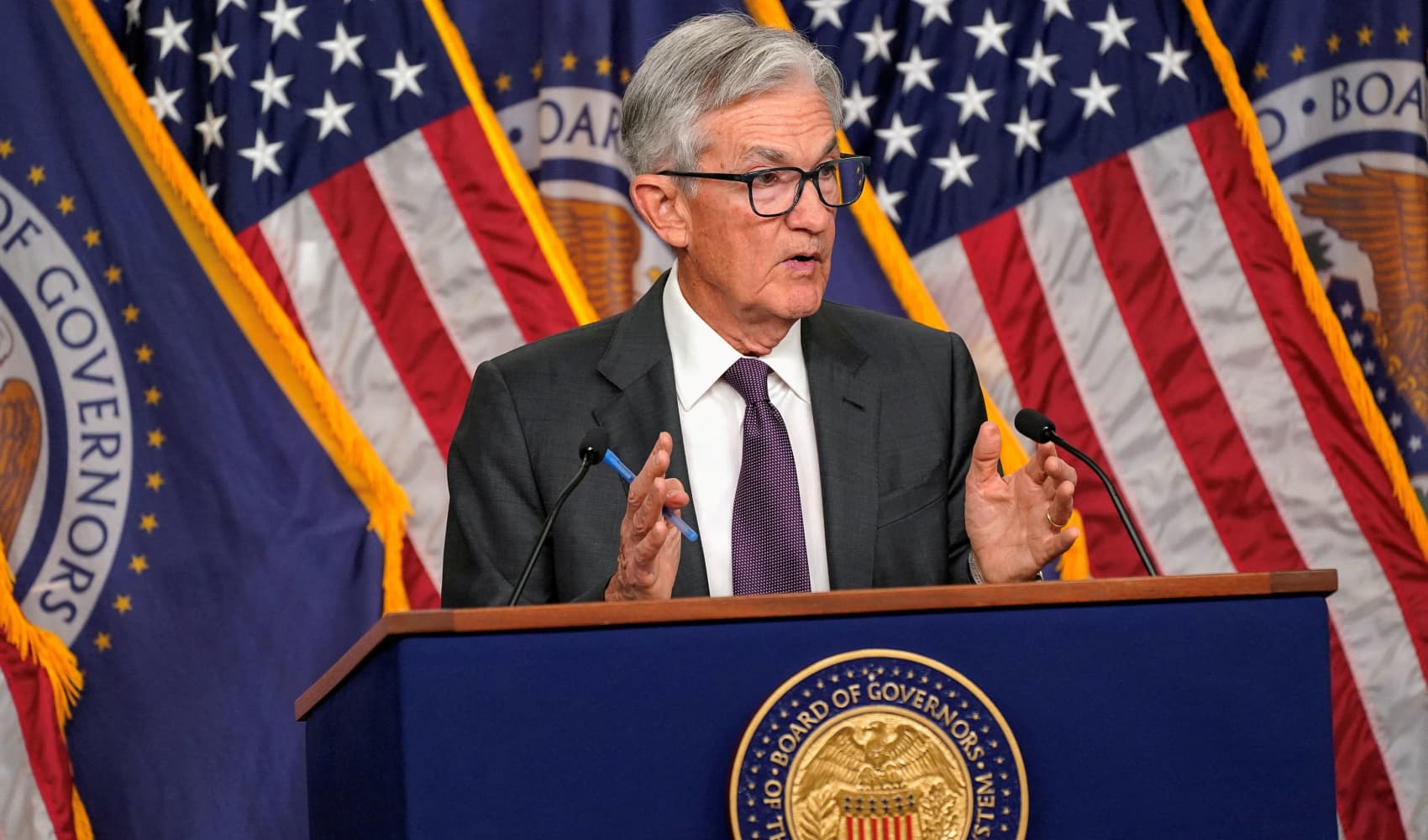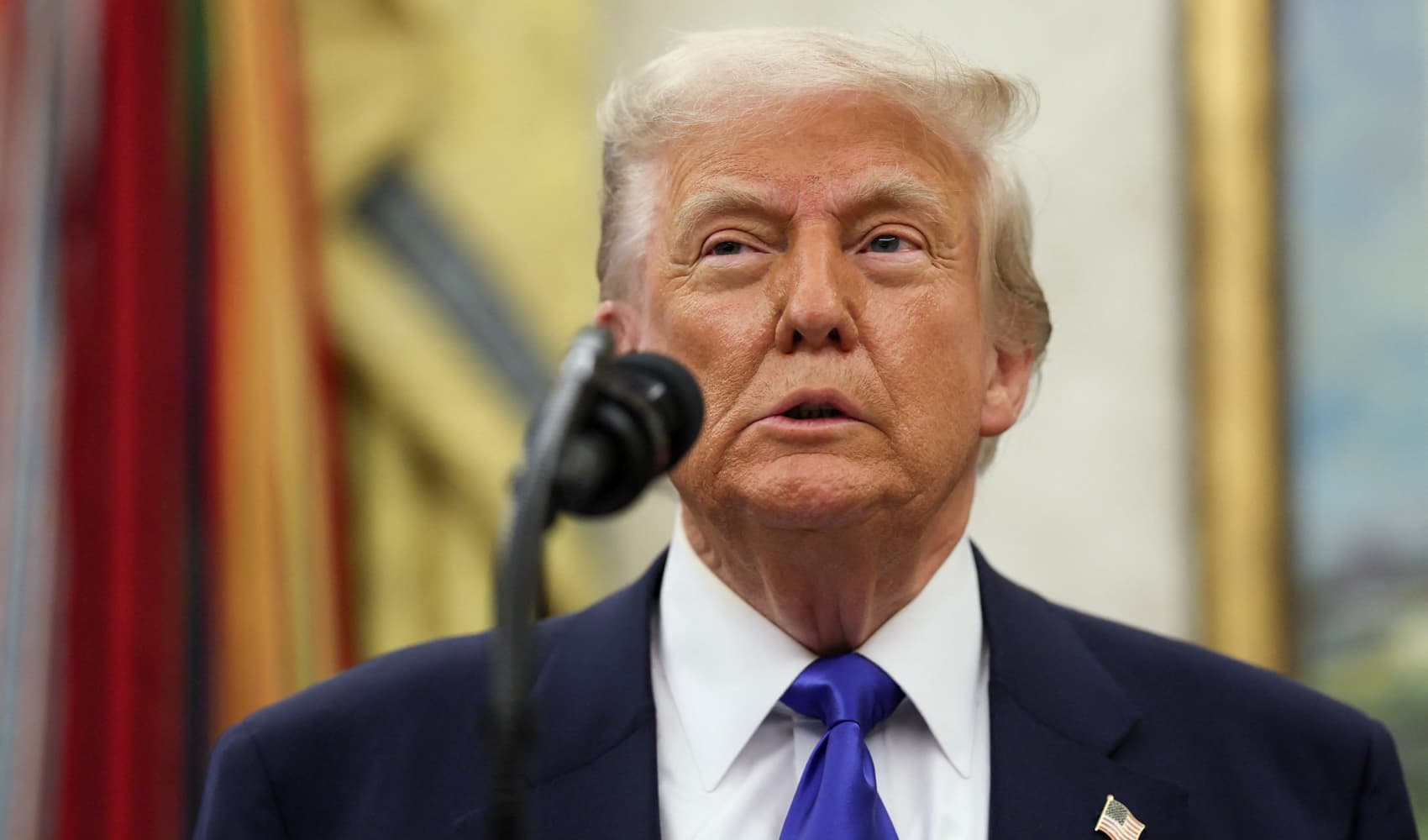ECB Rate Cut: Will One More Boost Europe's Economy?
ECB Rate Cuts: Is One More Enough to Boost Europe?
Introduction: Navigating the Eurozone's Economic Tightrope
The European economy is a bit like a tightrope walker these days. It's carefully balancing growth, inflation, and global uncertainties. Now, the International Monetary Fund (IMF) has weighed in, suggesting that the European Central Bank (ECB) should consider only one more interest rate cut this year. But is that enough? Will it send the Eurozone soaring or leave it teetering on the edge? Let's dive in and see what's at stake.
The IMF's Recommendation: A Cautious Approach
According to Alfred Kammer, director of the European department at the IMF, the ECB has already made significant progress in combating inflation. He believes the 2% inflation target will be sustainably achieved in the latter half of 2025. That’s the good news! His recommendation to the ECB, delivered during an interview at the IMF-World Bank Spring Meetings, is straightforward: "There is room for one more 25 basis point cut, in the summer, and then the ECB should hold that policy rate unless major shocks hit and there is a need for recalibrating monetary policy."
Dissecting the Disinflation Effort: A Success Story?
Understanding the Disinflation Process
What exactly does "disinflation effort" mean? Well, it’s the process of slowing down the rate of inflation. Think of it like gently applying the brakes to a speeding car, rather than slamming them on. The ECB has been using interest rate hikes as its primary tool, making borrowing more expensive and thus cooling down the economy. According to the IMF, this strategy has been largely successful. But have we reached the finish line yet? That's the big question.
Is 2% Inflation a Realistic Goal?
The magic number is 2%. That's the ECB's inflation target, considered the sweet spot for a healthy economy. Too much inflation erodes purchasing power, while too little can lead to deflation (falling prices), which can be even worse. The IMF seems confident that the ECB is on track to hit this target. But what if unforeseen circumstances throw a wrench in the works?
One More Cut: Weighing the Potential Benefits
Boosting Economic Growth
Lower interest rates typically stimulate economic growth. How? By making it cheaper for businesses to borrow money and invest, and for consumers to take out loans for big purchases like houses and cars. A single rate cut could provide a much-needed boost to the Eurozone economy, particularly in countries that are struggling. Think of it as giving the economy a small dose of adrenaline.
The Importance of Timing
Timing is everything, right? The IMF suggests implementing this final rate cut sometime in the summer. Why summer? Potentially because the economic data available then will provide a clearer picture of the Eurozone's trajectory. The ECB needs to carefully analyze the data before pulling the trigger.
The Risks of Cutting Too Deep or Too Often
Resurging Inflation
The biggest risk of cutting rates too aggressively is reigniting inflation. Imagine letting the genie out of the bottle again. If rates are cut too much or too quickly, demand could outstrip supply, leading to prices soaring once more. This would undo all the hard work the ECB has done over the past year.
Impact on the Euro
Lower interest rates can also weaken the euro, making imports more expensive and potentially fueling inflation further. A weaker euro can also affect the competitiveness of Eurozone exports on the global market. It's a delicate balancing act.
Why a "Wait and See" Approach Might Be the Best Strategy
Monitoring Economic Data
Instead of rushing into further rate cuts, the ECB should closely monitor key economic indicators like inflation, unemployment, and GDP growth. This will provide a more accurate assessment of the Eurozone's economic health and help the ECB make informed decisions.
Assessing Global Economic Conditions
The Eurozone doesn't exist in a vacuum. Global economic conditions, geopolitical tensions, and supply chain disruptions can all impact the Eurozone economy. The ECB needs to consider these external factors when making its monetary policy decisions.
Alternative Perspectives: Are Others Calling for More Aggressive Action?
Diverging Opinions
Not everyone agrees with the IMF's cautious approach. Some economists and policymakers believe that the ECB should be more aggressive in cutting rates to stimulate growth. They argue that the risks of recession outweigh the risks of inflation.
The Growth vs. Inflation Debate
The debate boils down to a fundamental question: Should the ECB prioritize growth or inflation? There's no easy answer. It's a trade-off, and different people will have different opinions on which is more important.
What Does This Mean for Businesses and Consumers?
Borrowing Costs
If the ECB does cut rates again, businesses and consumers can expect lower borrowing costs. This could make it easier to invest, expand, or purchase goods and services. A lower interest rate could be the difference between a struggling business staying afloat and going under.
Savings and Investments
On the other hand, lower interest rates can also reduce returns on savings and investments. Savers may need to look for alternative investment options to maintain their returns. It's about finding the right balance between risk and reward.
Navigating Uncertainty: The Path Ahead for the ECB
Communication is Key
The ECB needs to clearly communicate its intentions and rationale to the markets and the public. Transparency and clear communication can help reduce uncertainty and prevent market volatility. Everyone needs to understand the rules of the game.
Flexibility and Adaptability
The economic landscape is constantly evolving. The ECB needs to be flexible and adaptable, ready to adjust its monetary policy as needed. There is no one-size-fits-all solution.
Conclusion: Striking the Right Balance
The IMF's recommendation for the ECB to cut interest rates only once more this year highlights the delicate balancing act facing the Eurozone. While a further rate cut could provide a much-needed boost to economic growth, the ECB needs to carefully weigh the risks of reigniting inflation. By monitoring economic data, assessing global conditions, and communicating effectively, the ECB can navigate the uncertainty ahead and steer the Eurozone towards a path of sustainable growth and stability. The key takeaways are caution, vigilance, and flexibility.
Frequently Asked Questions
Here are some frequently asked questions about the ECB and interest rate decisions:
- Why does the ECB target 2% inflation?
2% inflation is considered the optimal level for a healthy economy. It's high enough to avoid deflation but low enough to prevent excessive price increases that erode purchasing power.
- What factors does the ECB consider when making interest rate decisions?
The ECB considers a wide range of factors, including inflation, unemployment, GDP growth, global economic conditions, and financial market stability.
- How do interest rate cuts affect businesses?
Interest rate cuts can lower borrowing costs for businesses, making it easier to invest, expand, and hire new employees.
- What is the impact of interest rate decisions on the value of the euro?
Lower interest rates can weaken the euro, making imports more expensive and exports more competitive. Higher interest rates can strengthen the euro.
- What happens if the ECB misses its inflation target?
If the ECB misses its inflation target, it may adjust its monetary policy tools, such as interest rates or quantitative easing, to bring inflation back to the 2% target.
